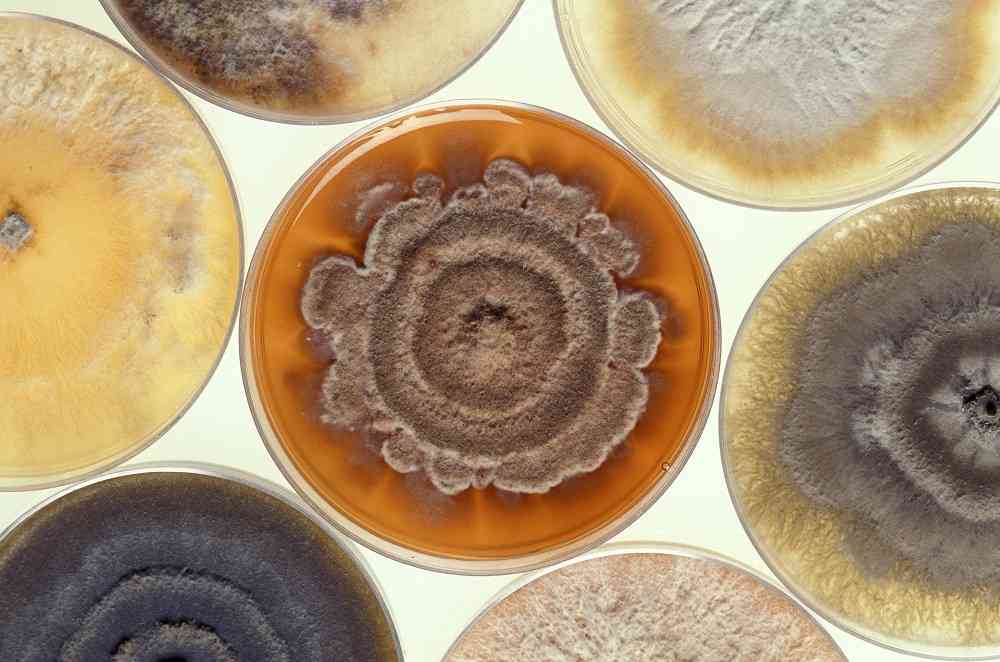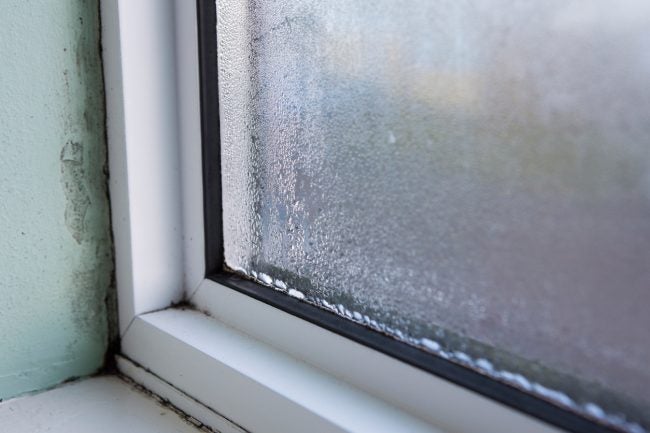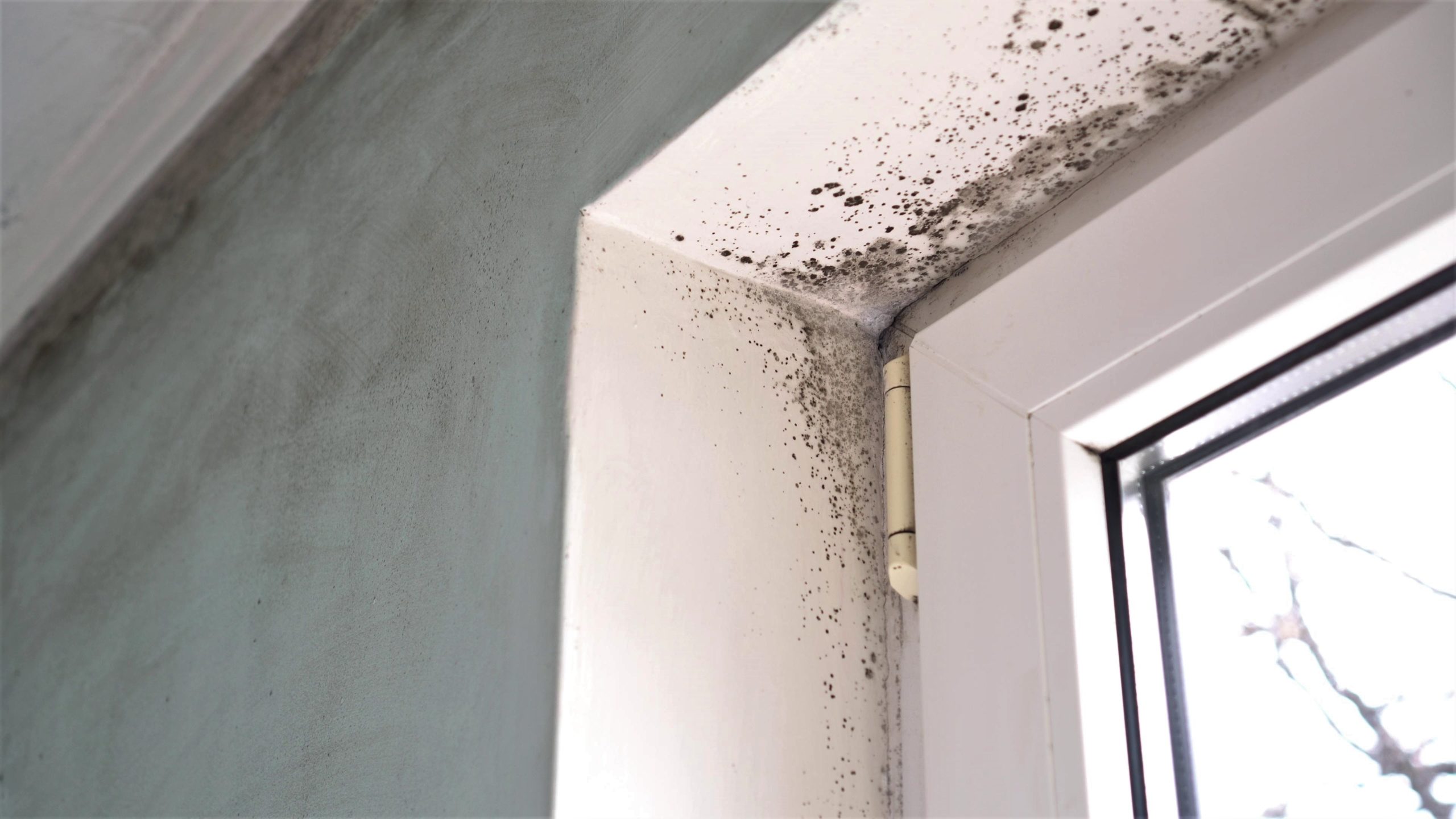For any homeowner, the presence of mold can be concerning. No matter the type, mold can cause health issues and lead to costly repairs. Also, mold can quickly spread, so it’s important to identify the type of mold and take appropriate action as soon as possible.
For humid climates, it’s especially important to be aware of potential mold growth. This article will discuss the 15 most common types of mold in homes and what you can do to prevent their spread or destruction. We’ll also describe ways to identify each type and explain some common health effects associated with them. Let’s get started.
Understanding Types Of Molds
Before we look at the common types of mold in homes, it’s important to understand what mold is and how it can be categorized. Mold is a fungus that grows in areas with food sources and high moisture levels. All molds have one thing in common: they require water to grow.
Different types of molds can be categorized into one of three categories.
- Allergenic Molds: These molds don’t cause harm in and of themselves, but they can trigger allergic reactions such as asthma.
- Pathogenic Mold: These molds can trigger illnesses in those with compromised immune systems.
- Toxigenic Molds: This toxic mold produces toxins that can lead to severe health problems or even death in some cases.
Fortunately, all types of mold can be eliminated with a registered fungicide tested and approved by an independent government body.
1. Chaetomium
Chaetomium is a mold that can trigger allergies and is commonly found in homes that have suffered water damage. While it naturally thrives in soil and plant debris outdoors, it can also grow inside homes that have experienced significant water leaks or flooding. Initially, Chaetomium appears as a soft, white growth that gradually darkens and can resemble black mold. Both types of mold require ample moisture to flourish.
2. Stachybotrys
Stachybotrys is a mold that produces toxins commonly found in damp environments, including ventilation systems. Among the numerous species of toxigenic mold, Stachybotrys chartarum and Stachybotrys chlorohalonata are particularly noteworthy due to their reputation as “toxic black mold.”
These molds can be found indoors or in ventilation systems and are associated with poor indoor air quality caused by excessive moisture. Stachybotrys has also been linked to sick building syndrome. Due to its potential health hazards, only licensed remediation specialists should handle its removal to control moisture levels.
3. Trichoderma
Trichoderma is a type of mold that is often found in damp soil. There are 89 different species of Trichoderma, with Trichoderma longibrachiatum being one of the most common species found in homes. This mold can grow in any area of a home with sufficient moisture and organic matter. Trichoderma is considered toxigenic because it can produce mycotoxins in certain conditions. Some strains of Trichoderma are even used in anti-fungal treatments for plants.
4. Acremonium
Acremonium is a toxigenic mold found in the wet condensation lines and drainage pans of air conditioners and humidifiers. It is difficult to identify without testing, as it can appear in different colors, such as white, pink, or gray, and look dry and powdery as it grows.
Exposure to Acremonium spores can cause eye irritation, breathing difficulties, pneumonia, arthritis, or fungal infections, as per research from Antimicrobe. If anyone in your family experiences such symptoms and you suspect Acremonium mold in your home, it is recommended to call a mold remediation expert for testing and eradication.
5. Chaetomium
Chaetomium is a type of dangerous mold that can cause allergies and infections. It is more likely to grow after water damage or flooding, as it thrives in humid and dark environments. Chaetomium spores often develop within interior wall stud spaces and may not be noticeable until the mold spreads to the wall’s exterior.
Inhaling its spores can lead to sneezing, watery eyes, and an itchy throat in healthy individuals, while those with weakened immune systems may experience more severe symptoms. The most effective way to prevent Chaetomium is by promptly drying out a home following water damage or flooding. If Chaetomium has spread through interior walls, it typically requires the expertise of a mold remediation professional for safe removal.

6. Cladosporium
For those with allergies, Cladosporium spores can be especially bothersome. This allergenic mold typically grows indoors, in textiles such as carpet and furniture, but also beneath sinks and inside cabinets. It has a soft hue that ranges from green to brown.
When airborne allergens are high, the spores enter the home on clothing or pets and settle on carpeting or furniture – where they begin to reproduce. The risk of Cladosporium growth is always higher when there are high indoor humidity levels.
Respiratory symptoms like sinus irritation and sore throat from inhaling the spores can also affect pets, causing runny eyes and sneezing. To keep the mold at bay, it is vital to frequently clean upholstery and carpet with a HEPA filter-fitted vacuum and use a dehumidifier. This will help remove mold spores before they start growing.
7. Alternaria
For those with moldy bathrooms, showers, and wet windowsills, Alternaria is the usual suspect of mold exposure. As an allergenic type of fungus from the ascomycete genus, this organism is found in many outdoor environments but can cause reactions indoors.
Exhibiting hay fever-like symptoms and aggravating asthma, especially in people whose immune systems are weak, Alternaria is one of the most common allergenic molds. If left untreated, it can be a real health hazard.
Therefore, ensure an expert checks your home if you suspect mold growth! That way, you can protect yourself and your family from potential harm.
8. Ulocladium
The allergenic mold is often found in damp areas like showers, bathtubs, windows with condensation, and appliances such as dishwashers and washing machines. Water-dispensing refrigerators with leaky hose connections can also be hosts to Ulocladium.
This black-colored mold may not be as dangerous as its more famous “black mold” counterpart, but the appearance of any mold should be taken seriously, and appropriate action should be taken to remove it. It has a preference for drywall and carpets while needing high levels of humidity to flourish.
9. Serpula
The allergenic mold is commonly found in wooden structures, even if they are not particularly damp. It’s scientifically referred to as Serpula Lacrymans and is rare as it primarily thrives on wood. Despite being allergenic, this kind of mildew doesn’t pose much harm to humans.
However, it can destroy by causing dry rot, evidenced by wooden frames crumbling without high moisture levels. The Latin name Serpula lacrymans means “creeping” and “making tears,” as it can infect and destroy wooden structures.
10. Mucor
For the most part, this type of mold is allergenic except for one toxigenic species. It can be found in water-damaged carpets, mattresses, and other structural materials. There are roughly 40 different kinds of this fast-growing white or gray mold.
One species in particular, Mucor indicus, is even more dangerous because it’s known to cause a fungal infection called zygomycosis that kills living tissue. Mucor can also lead to a condition called mucormycosis which infects the blood. It grows rapidly at room temperature and higher. It can reach up to an inch in thickness, with one common species being Mucor mecudo, commonly called “pin mold” due to its vertical growths and small heads resembling sewing pins.
It’s important to take quick action when dealing with this particular mold. It should be noted that Mucor can cause serious health concerns if not handled properly.
11. Fusarium
To thrive, some molds require warmth. However, Fusarium can survive and spread even in cold temperatures. Multiple strains of Fusarium are allergenic, causing only hay fever-like symptoms, but other types may be extremely toxic and damage the nervous system, and internal bleeding.
This mold is a common threat to plants grown in gardens and fields. Thus, many tomato plants are now hybridized to prevent Fusarium wilt. Indoor environments can also host Fusarium, which usually appears as pink or red spots on soft materials such as carpets, wallpaper, furniture upholstery, and drapery.
To reduce the risk of infestation by this mold, one must vacuum regularly using a HEPA filter, and in areas with high humidity, a dehumidifier can be used.
12. Penicillin
A strain of Penicillium mold can cause allergies and potentially dangerous health issues, as it releases spores that irritate the respiratory system. These symptoms can be especially pronounced in those with weakened immune systems. This bluish-green fungus typically grows in areas with high humidity levels and often appears in homes with flooding or other water damage.
To prevent its spread, homeowners should ensure their homes are dried out quickly after water damage and plumbing leaks are fixed promptly. Also, if the mold has already spread, it is recommended to seek professional mold remediation.
13. Aureobasidium
The fast-growing mold category includes the allergenic variety, Aureobasidium. It is generally black and thrives indoors with proper humidity levels. This species is often found underneath wallpaper and paint, which can vary in hue.
The most recognized species of this type is Aureobasidium pullulans, used by biotechnologists in their research. It also plays an integral role in agricultural products that prevent and control plant diseases and aid food storage.

14. Aspergillus
Aspergillus is a mold that can be pathogenic in HVAC systems and air. Certain members of this genus can trigger allergic reactions, respiratory irritation, lung infections, and asthma. In addition to triggering these issues, some species within the Aspergillus family can also produce aflatoxins — chemicals that may cause cancer.
Aspergillus fumigatus spores are abundant in the air and can cause severe infections in those with immune system issues. Nevertheless, Aspergillus sojae is incredibly useful for fermenting soy sauce, miso, and other condiments.
15. Mucormycetes
Known as “filamentous” molds, Mucormycetes are characterized by their fuzzy white or light grayish puff with long hairs, which mature to a deeper gray color. Commonly found in soil and plants, homeowners may unintentionally bring these spores indoors during summer and fall.
They often grow on decaying fruits and vegetables, as well as in condensation lines and drip pans of air conditioners. Mucor-type toxic molds are strong allergens and can cause asthma attacks, difficulty breathing, and even mucormycosis in individuals with mold allergies or weakened immune systems.
To avoid risks associated with the mold problem, homeowners should regularly clean condensation lines and drip pans when running their air conditioner and discard old produce before it spoils.
Conclusion
Mold can have a devastating effect on the health of your family and the structural integrity of your home. It is important to be aware of the most common types of mold so that you can take steps to protect your home from potential contamination.
If you suspect there may be an issue with mold, it’s crucial to contact a professional as soon as possible. A mold inspection can help you identify the type of mold present, determine the extent of contamination, and develop a plan to repair any damage and prevent future problems.
With proper identification and mitigation, you can ensure your home remains a safe and healthy environment for everyone living in it.


